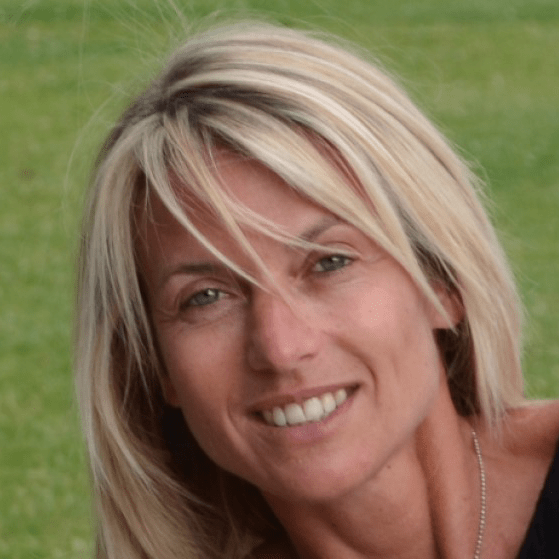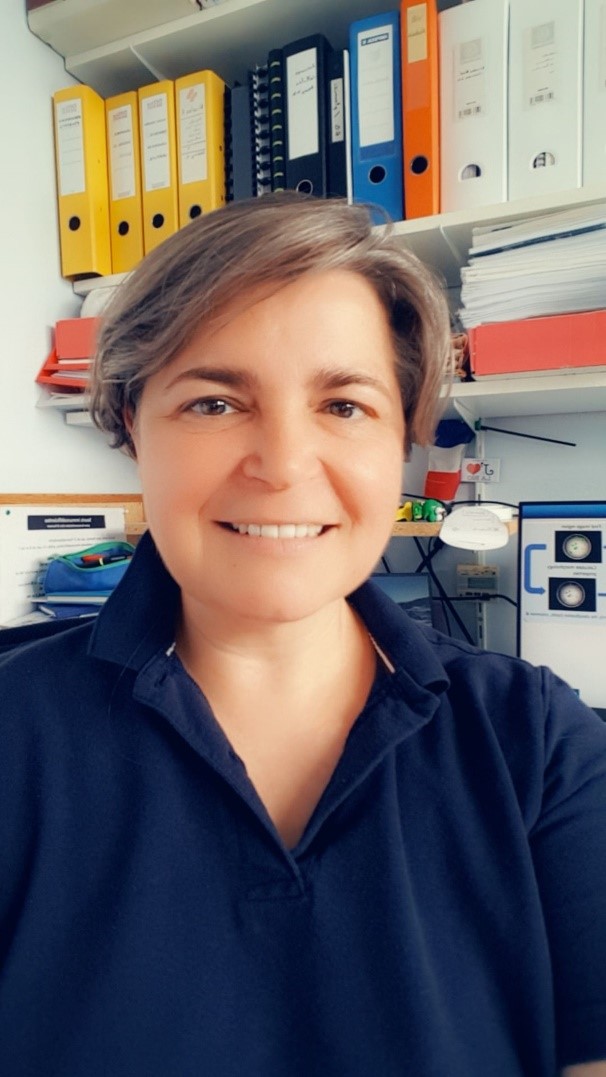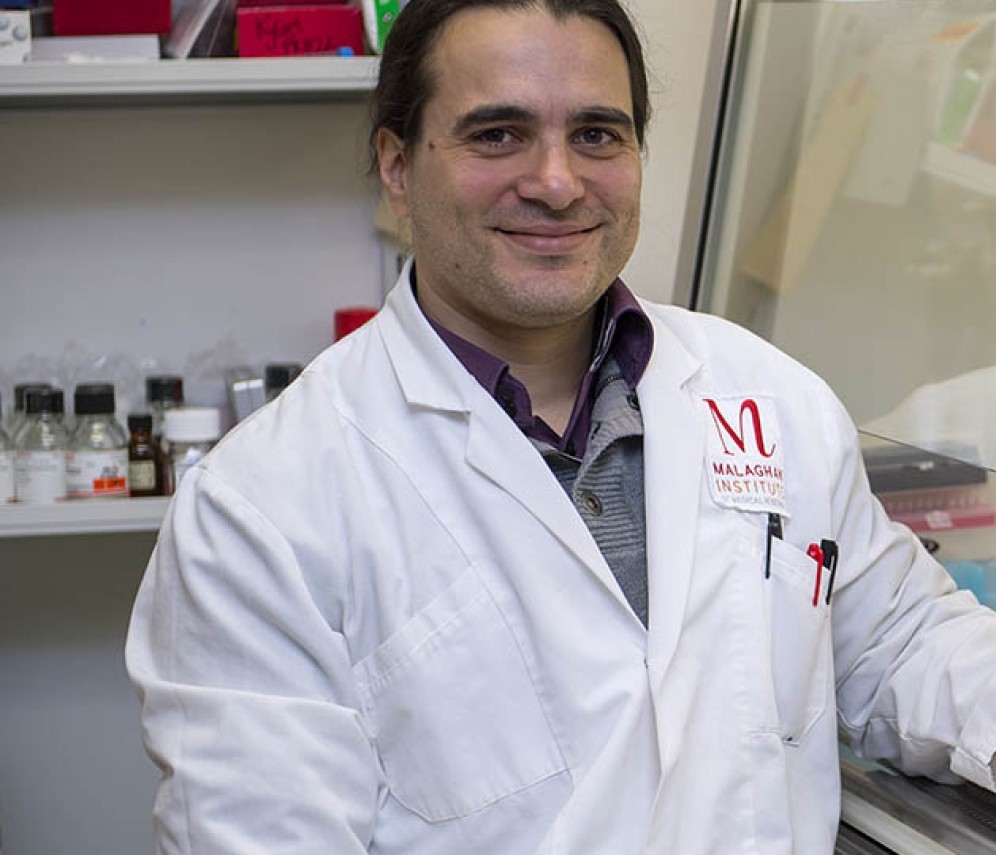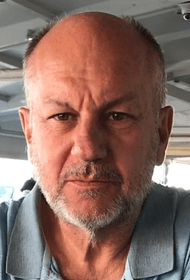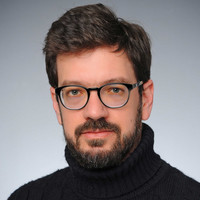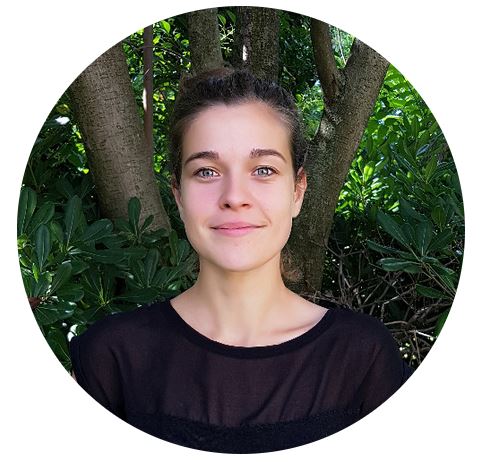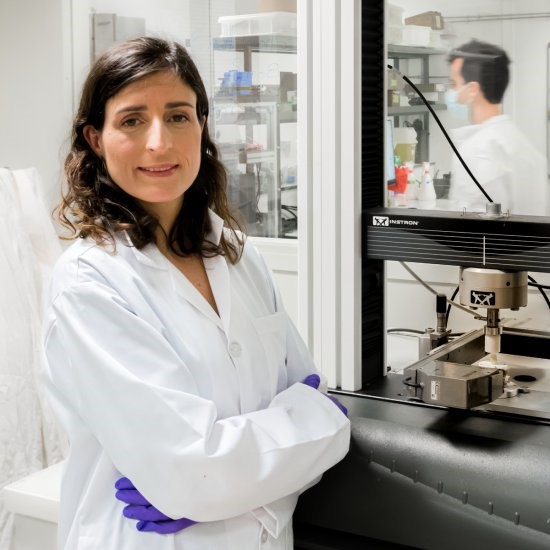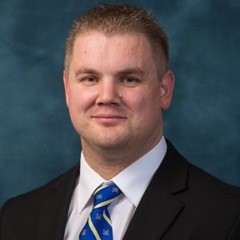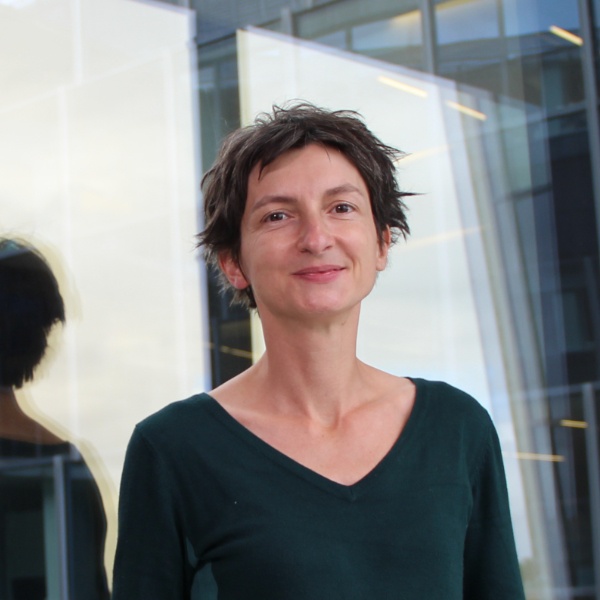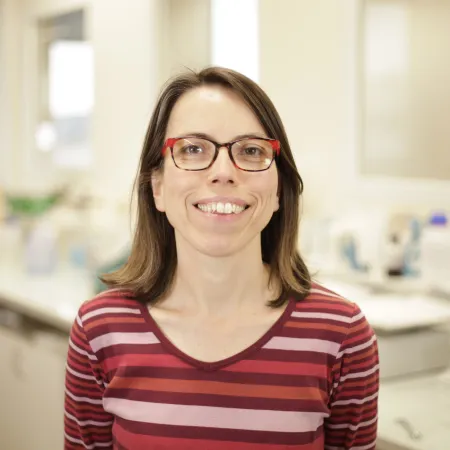ALTERNATIVE LENGTHENING OF TELOMERES IN CANCER: DIAGNOSIS AND THERAPEUTIC PERSPECTIVES Les télomères sont des structures spécialisées qui protègent l’extrémité des chromosomes. Ils peuvent s’apparenter à des « capuchons de protection ». L’importance de l’étude des télomères, entre autres dans le contexte de la recherche contre le cancer, a encore été renforcée par l’attribution du Prix Nobel de […]
19/01 : LE 13H DE AUDREY FERRAND @ RESTORE 🗓 🗺
Deciphering the intestinal epithelium regulation : a multidisciplinary approach I obtained in 2004 a PhD in Pharmacology from the University of Toulouse. My research interest in the laboratory of Digestive Biology (INSERM U531) was to decipher the signaling pathways involved in the initiation of colon and pancreas cancers. In 2005, I joined the laboratory of […]
12/01 : LE 13H DE CHRISTOPHE PELLEFIGUES @ RESTORE 🗓 🗺
Contrôle de la résolution de l’inflammation par les basophiles dans un modèle de lésion cutanée chez la souris âgée Pro-resolution M2-like macrophages are critical for wound healing. Aging-associated systemic chronic inflammation alters their functions and favors the development of chronic wounds, a major morbidity in elderly patients. Basophils, rare circulating granulocytes known for their pro-inflammatory […]
17/11 : LE 13H DE ALAIN DOGLIO @ RESTORE 🗓 🗺
Etiopathology of gingival inflammation: towards a new paradigm based on virus – bacteria synergy Periodontitis is one of the most common human inflammatory condition. This disease is responsible for tooth mobility and tooth loss, and it is also a significant risk factor for dozens of seemingly unrelated systemic illnesses. A polymicrobial dysbiosis model was proposed […]
20/10 : LE 13H DE ARGYRIS PAPANTONIS @ RESTORE 🗓 🗺
Lessons for disease learned from cellular ageing: a 3D genome perspective We wish to uncover the rules governing gene expression in response to developmental and extra-cellular cues. Genome architecture is thought to be a major determinant in this. What we strive to understand is how chromatin (re)folds to accommodate responses to such cues in 3D […]
13/10 : LE 13H DE EMILIE GREGORI @ RESTORE 🗓 🗺
Bénéfices & Applications de la technologie CyTOF pour la cytométrie et l’imagerie tissulaire Avoir la possibilité de monter en puissance dans le nombre de paramètres à étudier simultanément en cytométrie et en imagerie tissulaire est un enjeu crucial pour vos recherches. L’objection majeure à cette escalade est toutes les limites des technologies liées aux fluorochromes […]
22/09 : LE 13H DE PAULINE ASSEMAT @ RESTORE 🗓 🗺
Mécano-biologie des tissus hétérogènes par changement d’échelles :application à l’ostéosarcome Collaborations: A. Gomez-Brouchet (PUPH, CRCT), J Sales de Gauzy (PUPH, IMFT), A. Mancini (Ph.D st), A Moreno (Ph.D), M Quintard (DR CNRS, IMFT), P Swider (PR Université de Toulouse, IMFT) Résumé:L’ostéosarcome est une tumeur osseuse primitive qui survient principalement chez les adolescents et les jeunes […]
13/07 : LE 13H DE PETER J. H. SCOTT @ RESTORE 🗓 🗺
PET Imaging and Theranostics in the Age of Personalized Medicine With the emergence of theranostics and the expected impact of artificial intelligence on our work, it is an exciting time to be in the field of nuclear medicine. For about 60 years, the Division of Nuclear Medicine at the University of Michigan has been developing […]
23/06 : LE 13H DE CARINE JOFFRE @ RESTORE 🗓 🗺
Autophagy, a major metabolic regulator involved in AML therapy resistance Malgré l’efficacité des chimiothérapies et l’arrivée de thérapies ciblées, les rechutes restent fréquentes et le pronostic vital des patients atteints de Leucémies Aiguës Myéloïdes (LAM) faible. Il est maintenant admis que la résistance aux traitements des cellules LAM nécessite une adaptation de leur métabolisme. Nous […]
16/06 : LE 13H DE MAUDE LE GALL @ RESTORE 🗓 🗺
Gastric and intestinal adaptations in response to bariatric surgery and their contribution to glycemic improvement The team gathers physiologists of the gastro-intestinal tract, basic scientists and clinicians (digestive surgeons, gastroenterologists and nutritionists) to develop basic and transitional researches to study gastrointestinal adaptations in response to obesity, surgical remodeling, and nutritional status (undernutrition / malnutrition). More […]

